Home>Construction & Tools>Building Materials>How To Clean A Stucco Ceiling
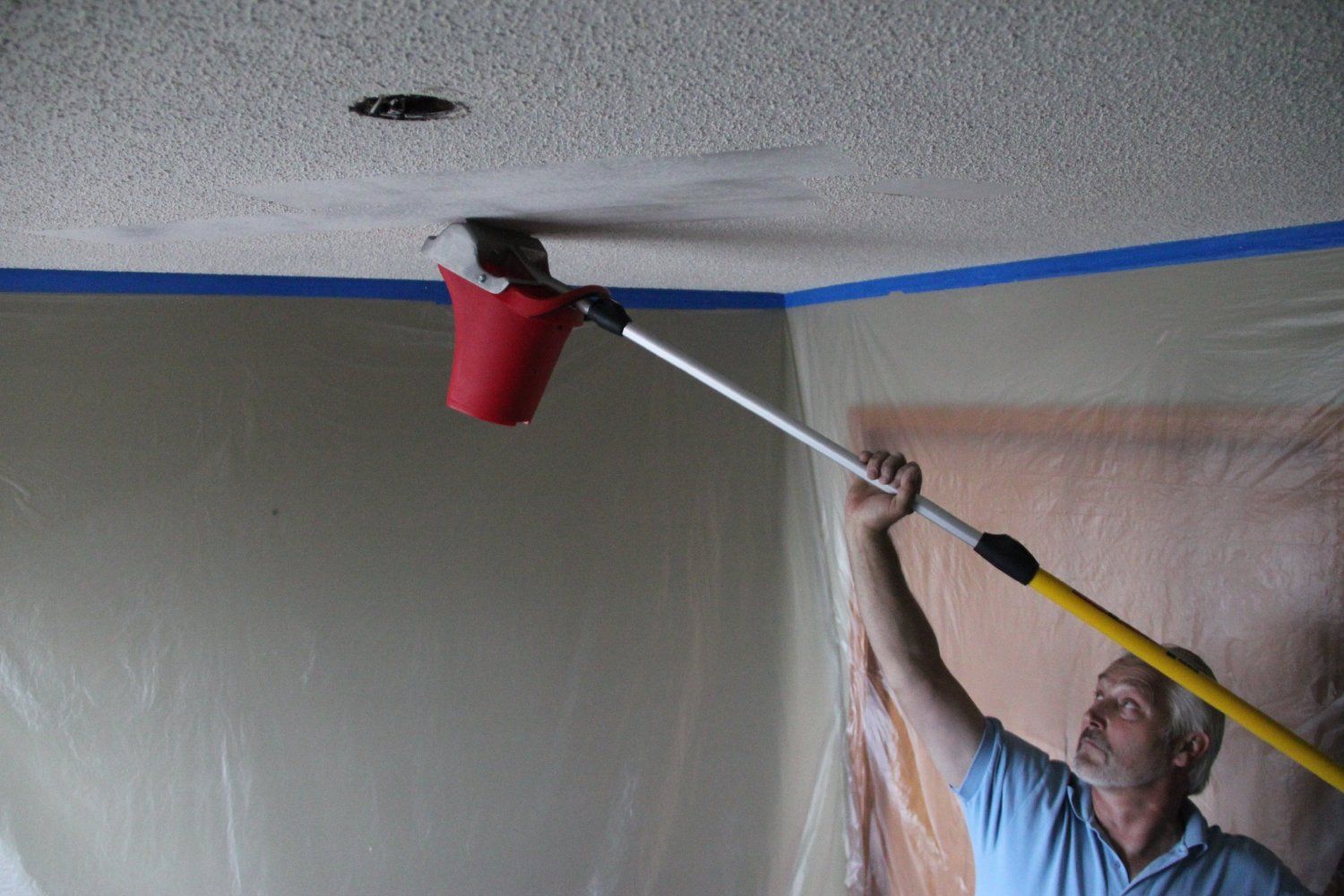

Building Materials
How To Clean A Stucco Ceiling
Modified: February 18, 2024
Learn the best techniques for cleaning a stucco ceiling with our comprehensive guide. Discover effective methods using common building materials.
(Many of the links in this article redirect to a specific reviewed product. Your purchase of these products through affiliate links helps to generate commission for Storables.com, at no extra cost. Learn more)
Introduction
Welcome to the comprehensive guide on how to effectively clean a stucco ceiling. Stucco ceilings, also known as popcorn ceilings, are textured surfaces that add a unique charm to many homes. Over time, these ceilings can accumulate dust, dirt, and stains, leading to a dull and unattractive appearance. Cleaning a stucco ceiling may seem like a daunting task, but with the right materials and techniques, you can restore its original beauty without causing damage.
In this guide, we will walk you through the step-by-step process of cleaning a stucco ceiling, including the materials you will need, how to prepare the area, and the best methods for removing stains and discoloration. Whether you are preparing to sell your home, hosting a special event, or simply want to refresh your living space, a clean stucco ceiling can make a significant difference in the overall aesthetic of a room.
By following these instructions, you can ensure that your stucco ceiling remains in top condition for years to come. So, roll up your sleeves, gather your supplies, and let's get started on transforming your stucco ceiling from drab to fab!
Key Takeaways:
- Transform your stucco ceiling from drab to fab by following these steps to effectively remove dust, dirt, and stains. With the right materials and techniques, you can restore its original beauty without causing damage.
- Keep your stucco ceiling looking its best by incorporating regular dusting, addressing spills promptly, and considering professional maintenance. With these tips, you can preserve its unique charm for years to come.
Read more: How To Stucco A Ceiling
Materials Needed
Before embarking on the stucco ceiling cleaning journey, it’s essential to gather the necessary materials to ensure a successful and efficient process. Here’s a list of items you will need:
- Dust Mask: Protect yourself from inhaling dust particles by wearing a dust mask.
- Drop Cloths or Plastic Sheeting: Cover the floor and furniture in the room with drop cloths or plastic sheeting to prevent any cleaning solution or debris from causing damage.
- Sturdy Step Ladder: Ensure you have a stable and secure step ladder to reach the ceiling safely.
- Soft-Bristled Brush: Use a soft-bristled brush to gently remove surface dust and dirt from the stucco texture.
- Mild Detergent or Cleaner: Select a mild detergent or specialized stucco cleaner to effectively remove stains and grime without harming the texture.
- Spray Bottle: Fill a spray bottle with the cleaning solution for easy application and control.
- Clean Cloths or Sponges: Have clean, soft cloths or sponges on hand to assist in the cleaning process.
- Bucket of Water: Prepare a bucket of clean water for rinsing and dampening your cleaning tools.
- Gloves: Protect your hands with rubber gloves while working with cleaning solutions.
- Fan or Ventilation: Ensure proper ventilation in the room by using a fan or opening windows to allow airflow during and after cleaning.
By having these materials ready, you can approach the cleaning process with confidence, knowing that you have everything you need to achieve a beautifully clean stucco ceiling.
Preparing the Area
Before diving into the actual cleaning process, it’s crucial to prepare the surrounding area to ensure a smooth and mess-free experience. Here are the essential steps to prepare the space for cleaning your stucco ceiling:
- Clear the Room: Remove any furniture, decorations, or items that may obstruct access to the ceiling. Clearing the space will provide you with ample room to maneuver and reach all areas of the stucco ceiling.
- Protect the Floor and Furniture: Lay down drop cloths or plastic sheeting to safeguard the floor and any remaining furniture from cleaning solution drips and debris. This precaution will prevent potential damage and simplify the cleanup process.
- Secure the Step Ladder: Position a sturdy step ladder beneath the stucco ceiling, ensuring it is stable and securely in place. Safety should always be a top priority when working at elevated heights.
- Wear Protective Gear: Put on a dust mask and rubber gloves to shield yourself from airborne particles and cleaning solutions. Safety gear is essential for a comfortable and secure cleaning experience.
- Open Windows or Use a Fan: Enhance ventilation in the room by opening windows or utilizing a fan. Proper airflow will help dissipate any fumes from cleaning solutions and accelerate the drying process.
By taking these preparatory measures, you can create a safe, organized, and conducive environment for cleaning your stucco ceiling. With the area properly set up, you are ready to move on to the next steps of revitalizing your ceiling’s appearance.
Cleaning the Stucco Ceiling
Now that the area is prepped and ready, it’s time to delve into the process of cleaning your stucco ceiling. Follow these steps to effectively remove surface dust, dirt, and grime from the textured surface:
- Put on the Dust Mask: Prioritize your well-being by wearing a dust mask to prevent inhalation of airborne particles while working on the ceiling.
- Use a Soft-Bristled Brush: Gently brush the stucco ceiling with a soft-bristled brush to dislodge and remove loose dust and debris. Work methodically across the entire surface, paying attention to corners and edges.
- Prepare the Cleaning Solution: Mix a mild detergent or specialized stucco cleaner with water in a spray bottle according to the manufacturer’s instructions. Ensure that the solution is well-diluted and suitable for use on stucco surfaces.
- Apply the Cleaning Solution: Standing on the ladder, lightly mist the cleaning solution onto a small section of the stucco ceiling. Avoid oversaturating the surface, as excessive moisture can compromise the integrity of the texture.
- Gently Wipe the Surface: Using a clean cloth or sponge, delicately wipe the misted section of the stucco ceiling, working in circular motions. Take care not to apply excessive pressure, as the goal is to lift dirt and stains without damaging the texture.
- Repeat the Process: Gradually move across the entire ceiling, applying the cleaning solution and wiping the surface in manageable sections. Take your time to ensure thorough coverage and attention to detail.
By following these steps, you can effectively cleanse your stucco ceiling, restoring its vibrancy and cleanliness. The meticulous approach will help maintain the integrity of the textured surface while achieving a refreshed and inviting ambiance in the room.
Use a soft-bristle brush or vacuum with a brush attachment to remove dust and cobwebs from the stucco ceiling. Avoid using water or harsh chemicals to prevent damage to the stucco texture.
Removing Stains and Discoloration
Stains and discoloration can detract from the overall appeal of a stucco ceiling. Fortunately, there are targeted methods for addressing and remedying these imperfections. Here’s how to tackle stains and discoloration on your stucco ceiling:
- Identify the Stains: Assess the nature of the stains on the stucco ceiling, whether they are caused by water, smoke, or other substances. Understanding the source of the discoloration can guide your approach to effectively treating the stains.
- Spot Treatment: For localized stains, consider spot treating the affected areas with a slightly stronger concentration of the cleaning solution. Use a soft-bristled brush or sponge to gently work the solution into the stains, allowing it to penetrate the affected areas.
- Persistent Stains: In the case of stubborn or persistent stains, a specialized stain remover formulated for stucco surfaces may be necessary. Follow the product’s instructions carefully, and test the remover on a small, inconspicuous area of the ceiling to ensure compatibility and effectiveness.
- Patience and Persistence: Some stains may require multiple treatment attempts. Exercise patience and persistence, allowing the cleaning solution or stain remover sufficient time to break down and lift the discoloration from the stucco texture.
- Rinse and Assess: After treating the stains, rinse the affected areas with clean water to remove any residual cleaning solution or stain remover. Step back and evaluate the results, noting any areas that may require additional attention.
By addressing stains and discoloration with targeted treatments, you can significantly improve the overall appearance of your stucco ceiling. With a methodical and attentive approach, even the most stubborn stains can be effectively diminished, restoring the ceiling’s pristine allure.
Read more: How To Paint A Stucco Ceiling
Rinsing and Drying
After the cleaning and stain removal processes, thorough rinsing and proper drying are essential to complete the stucco ceiling cleaning procedure. Follow these steps to ensure that your stucco ceiling is left immaculate and dry:
- Rinse with Clean Water: Using a spray bottle or a clean sponge, lightly rinse the entire stucco ceiling with clean water. This step is crucial to remove any residual cleaning solution, detergent, or stain remover from the textured surface.
- Change Rinse Water Regularly: If rinsing with a sponge, ensure that you frequently change the rinse water to prevent reapplying dirt or cleaning residues to the ceiling. Fresh water will aid in achieving a pristine, residue-free finish.
- Dry the Ceiling: Allow the stucco ceiling to air dry naturally. Open windows and use fans to promote airflow and expedite the drying process. Avoid using excessive heat or direct airflow from heating devices, as this can potentially damage the stucco texture.
- Inspect for Residual Stains or Moisture: Once the ceiling is dry, inspect the surface for any residual stains or signs of moisture. Address any remaining issues promptly to ensure a thoroughly clean and dry stucco ceiling.
By diligently rinsing and allowing the stucco ceiling to dry completely, you can finalize the cleaning process with confidence, knowing that your ceiling is free from cleaning residues and moisture. The result will be a beautifully refreshed stucco ceiling that enhances the aesthetic appeal of the entire room.
Final Touches and Maintenance Tips
With the stucco ceiling now clean and revitalized, it’s time to add the final touches and consider maintenance strategies to preserve its pristine condition. Here are some essential final touches and maintenance tips to keep your stucco ceiling looking its best:
- Replace Furniture and Decor: Once the ceiling is completely dry, carefully return any furniture and decorations to their original positions. Take care to avoid scraping or damaging the freshly cleaned stucco surface.
- Regular Dusting: Incorporate regular dusting of the stucco ceiling into your cleaning routine. Using a soft duster or a vacuum with a brush attachment, gently remove surface dust to prevent it from accumulating and dulling the texture over time.
- Address Spills Promptly: In the event of spills or splatters on the stucco ceiling, attend to them promptly to prevent stains from setting in. Blot spills gently with a clean, dry cloth, and if necessary, use a mild cleaning solution to spot clean the affected area.
- Professional Maintenance: Consider periodic professional maintenance for your stucco ceiling. Professional cleaning services can provide deep cleaning and specialized treatments to preserve the texture and appearance of the ceiling.
- Monitor for Water Damage: Regularly inspect the stucco ceiling for signs of water damage, such as discoloration, peeling texture, or mold growth. Address any water-related issues promptly to prevent extensive damage and maintain the integrity of the ceiling.
By implementing these final touches and maintenance tips, you can prolong the cleanliness and allure of your stucco ceiling, ensuring that it remains a focal point of beauty within your living space. With regular care and attention, your stucco ceiling will continue to exude its unique charm for years to come.
Frequently Asked Questions about How To Clean A Stucco Ceiling
Was this page helpful?
At Storables.com, we guarantee accurate and reliable information. Our content, validated by Expert Board Contributors, is crafted following stringent Editorial Policies. We're committed to providing you with well-researched, expert-backed insights for all your informational needs.
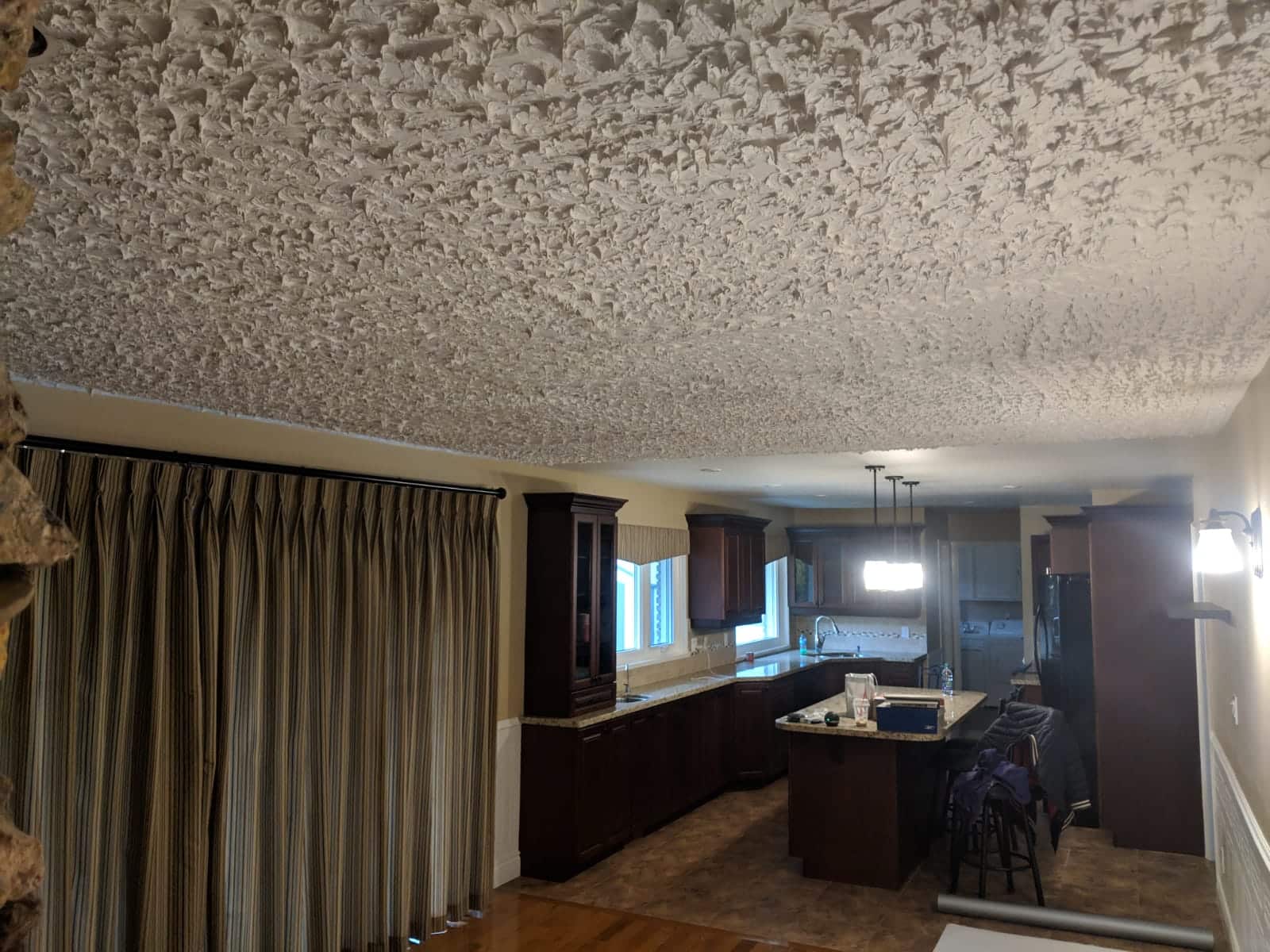
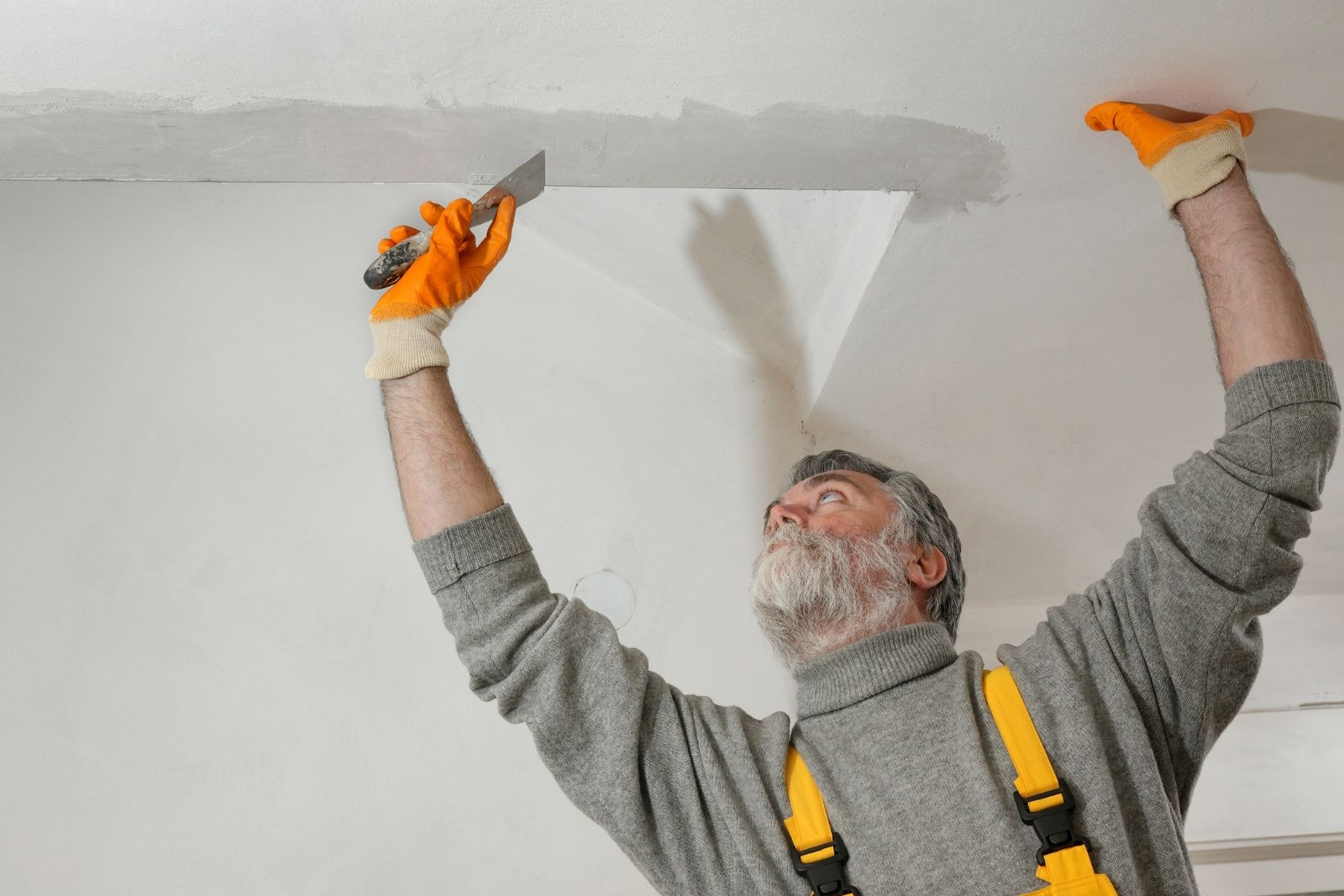
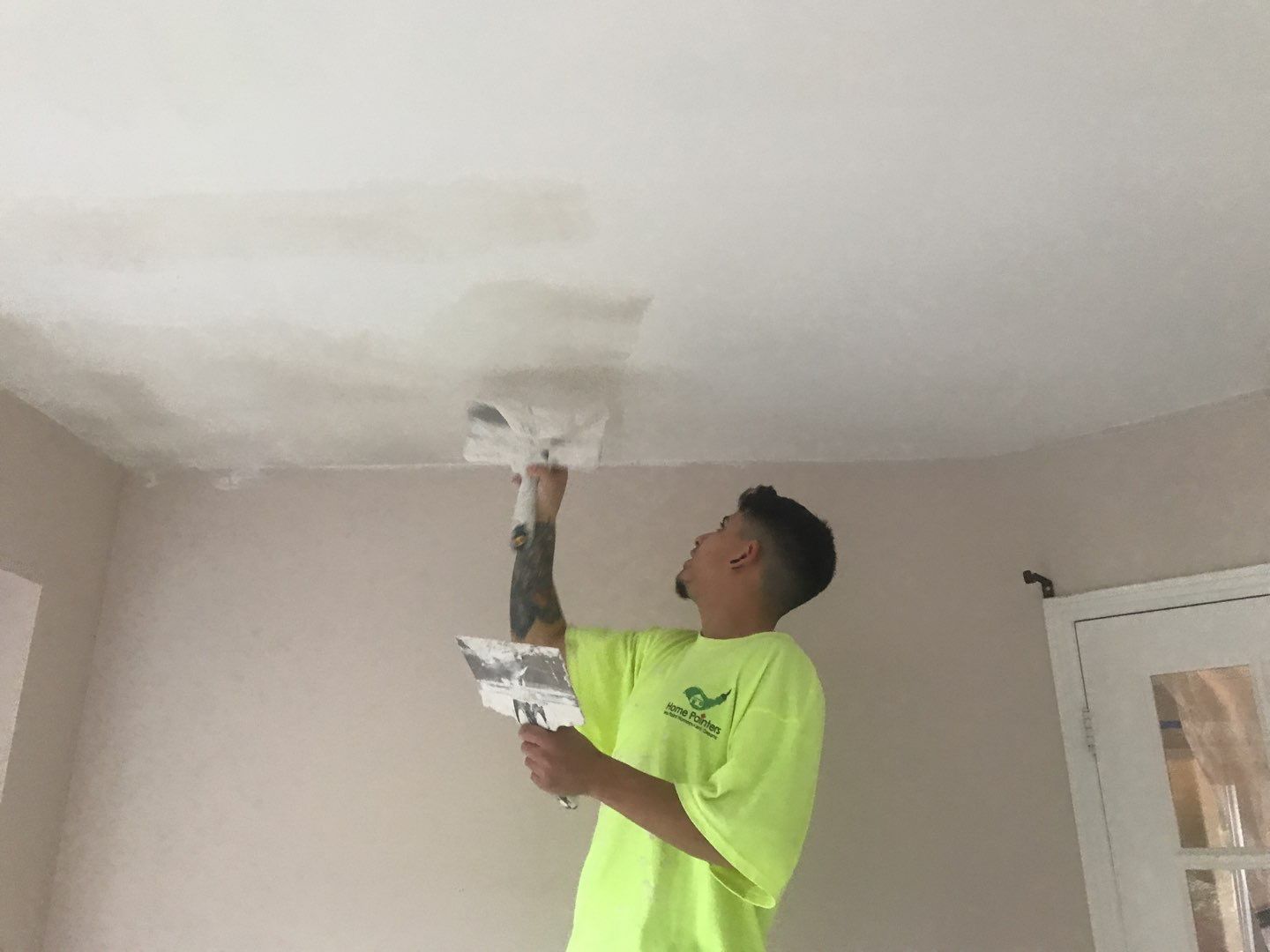
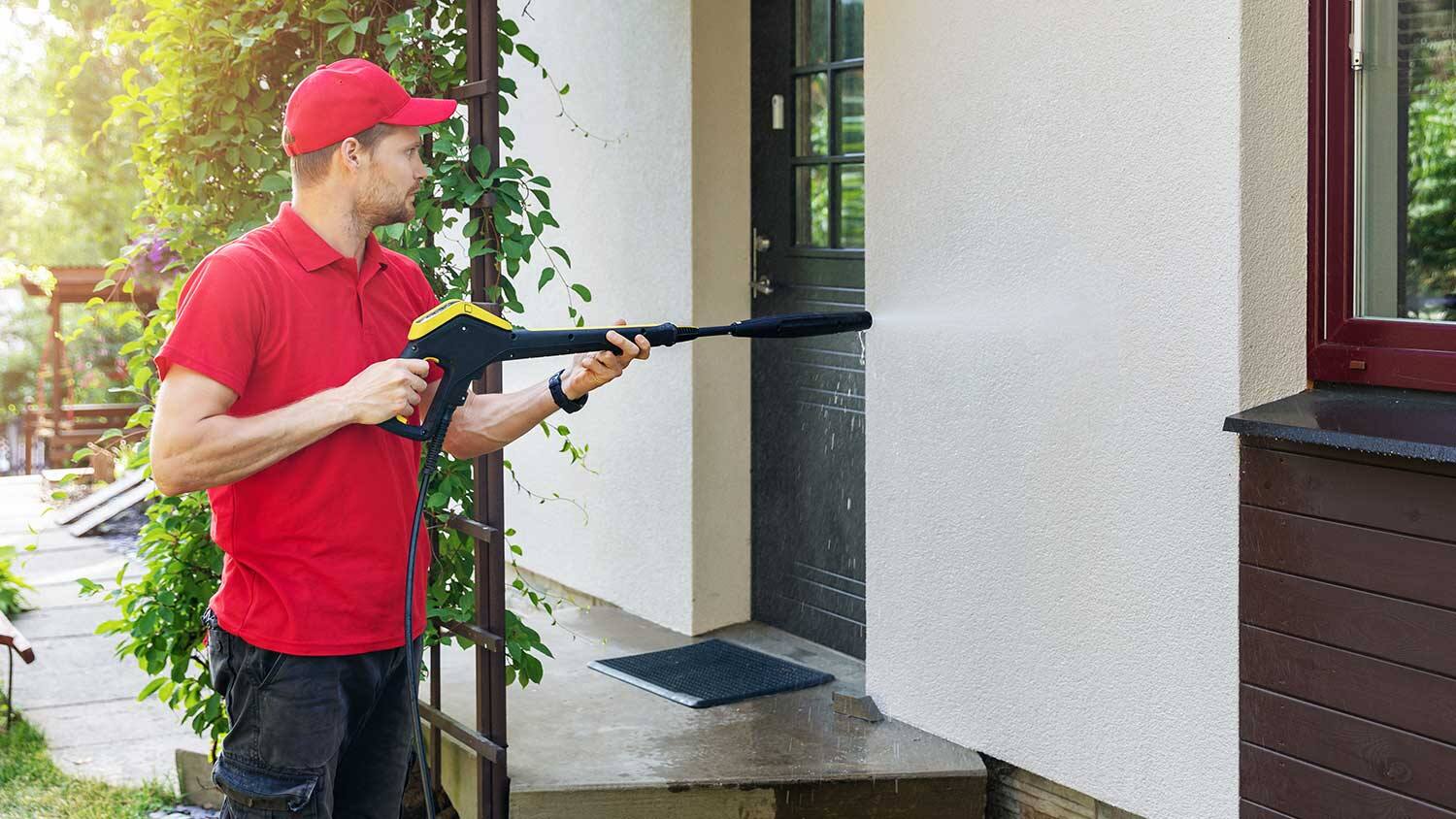
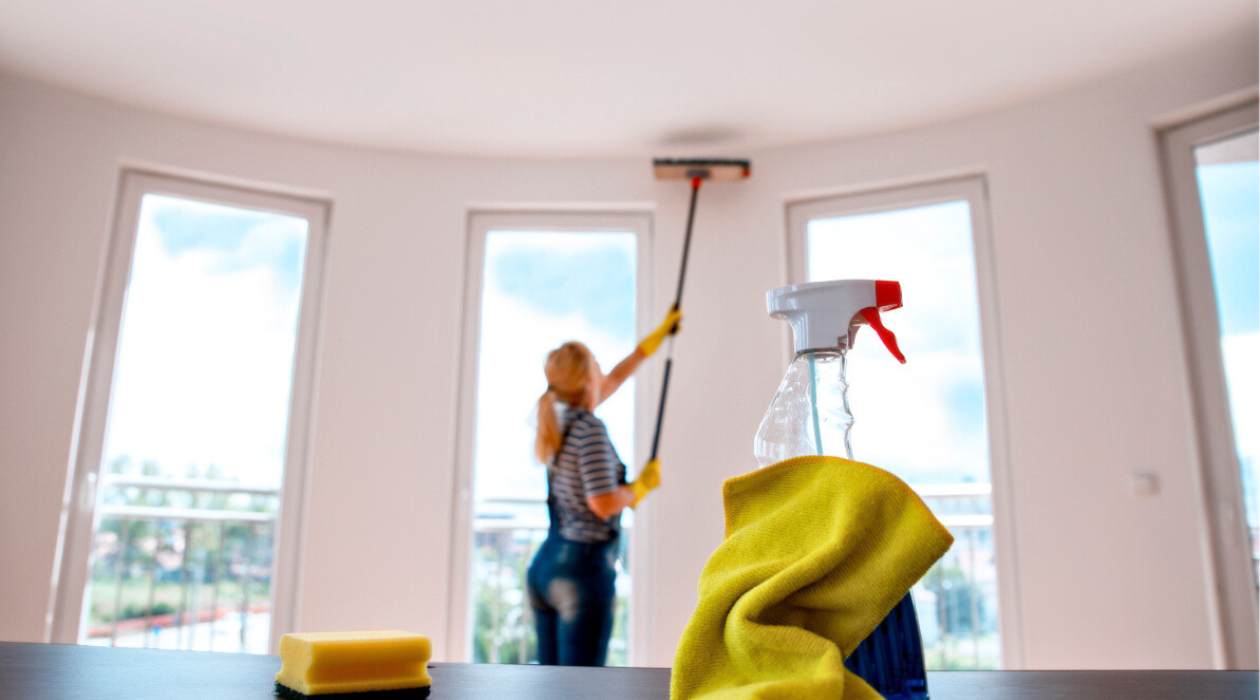
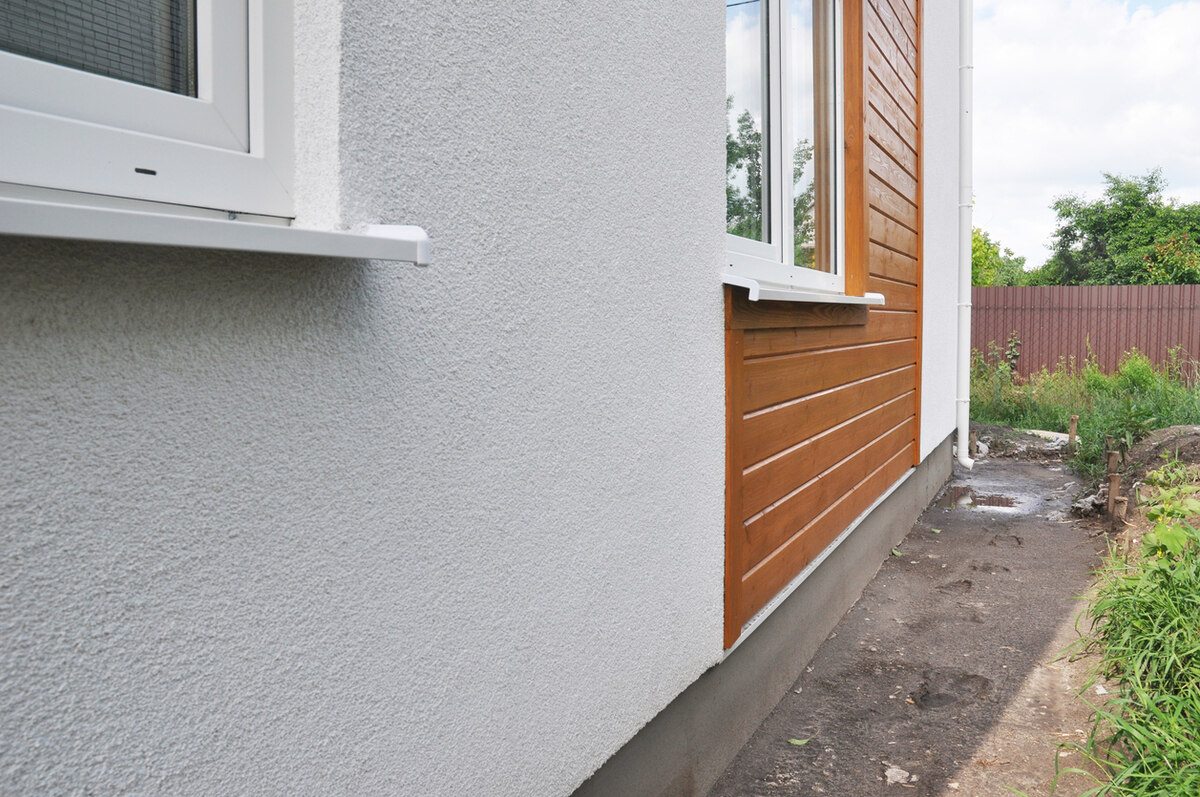
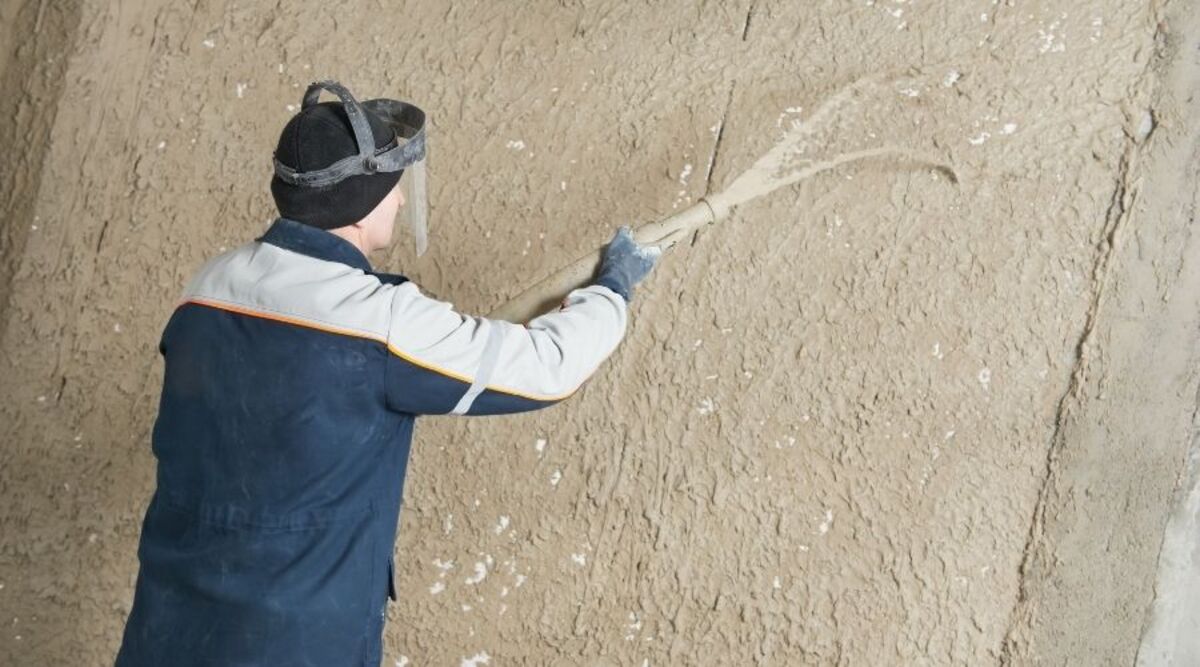
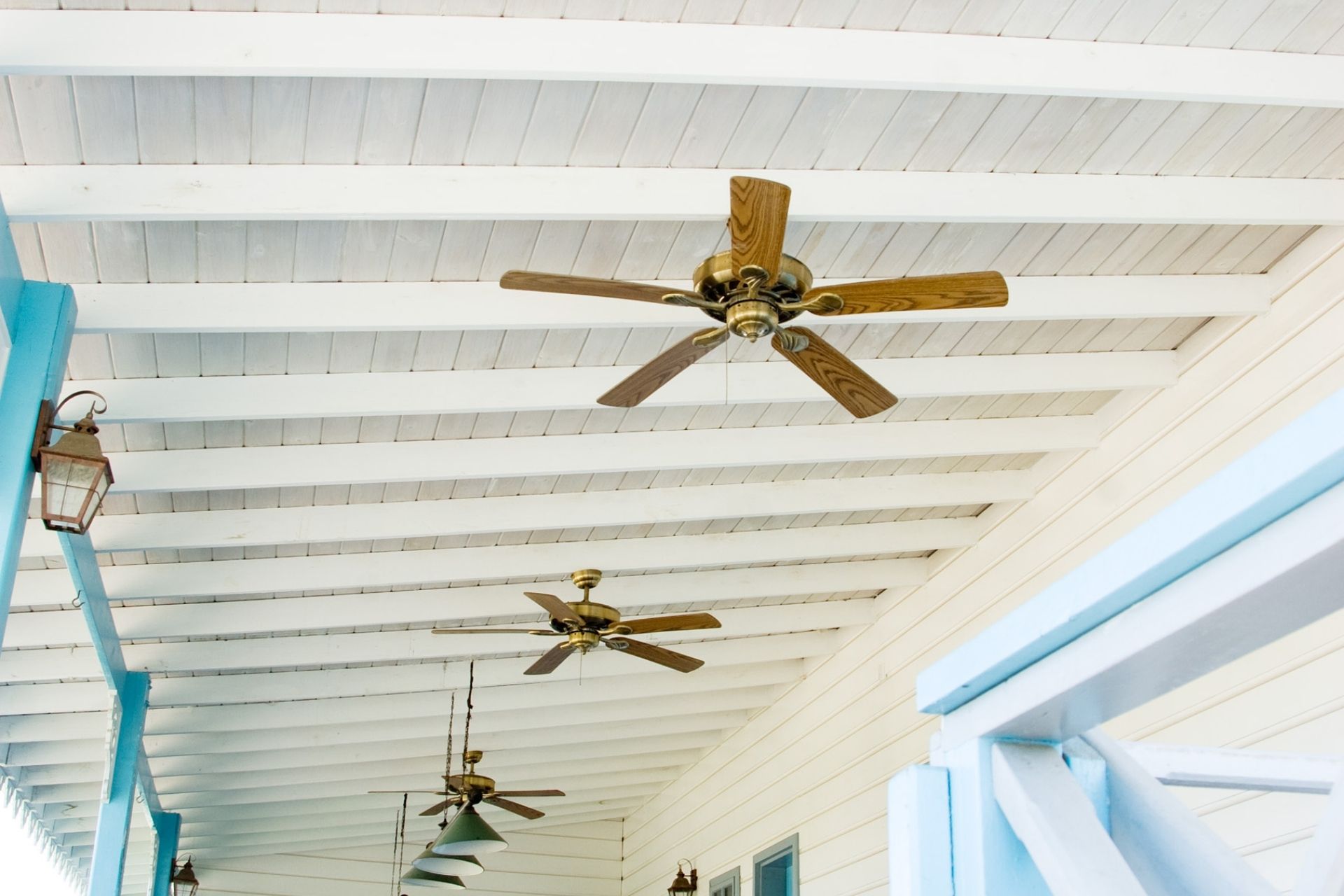
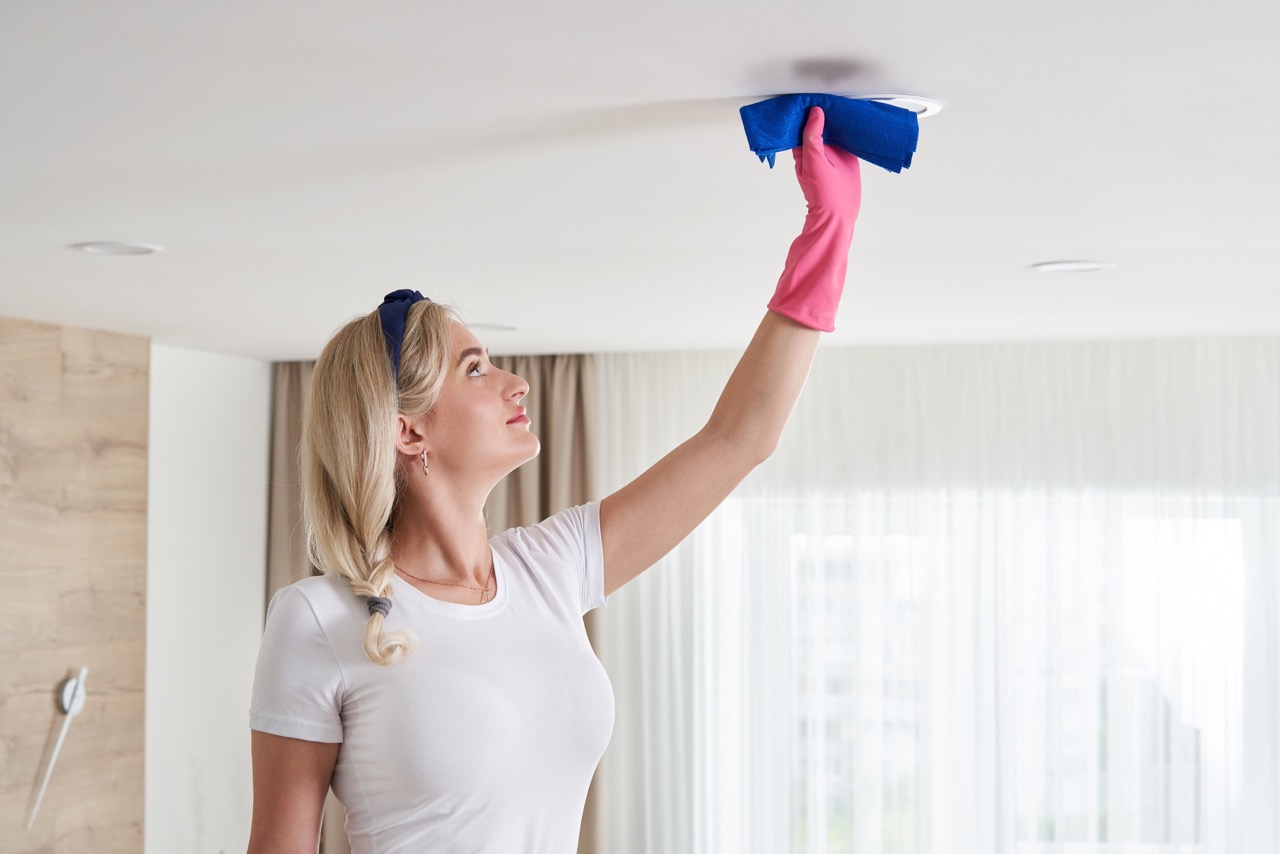

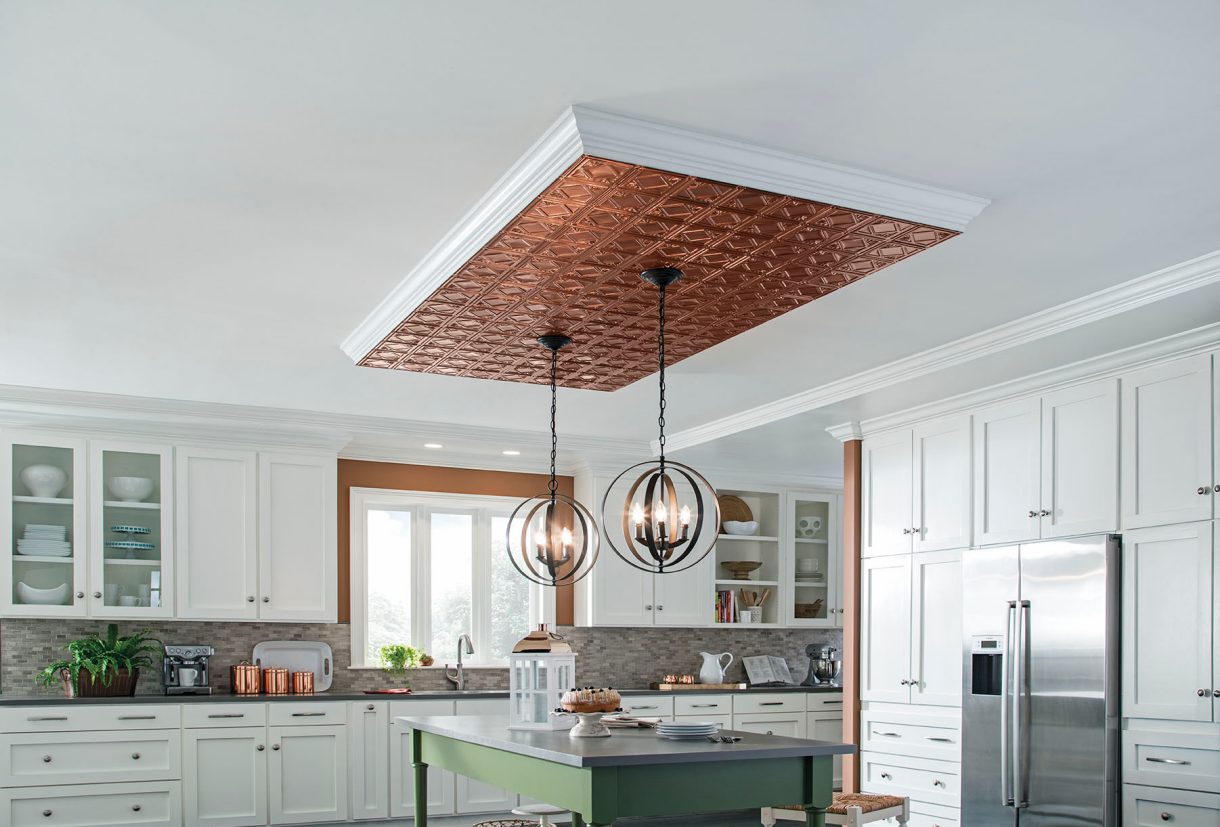
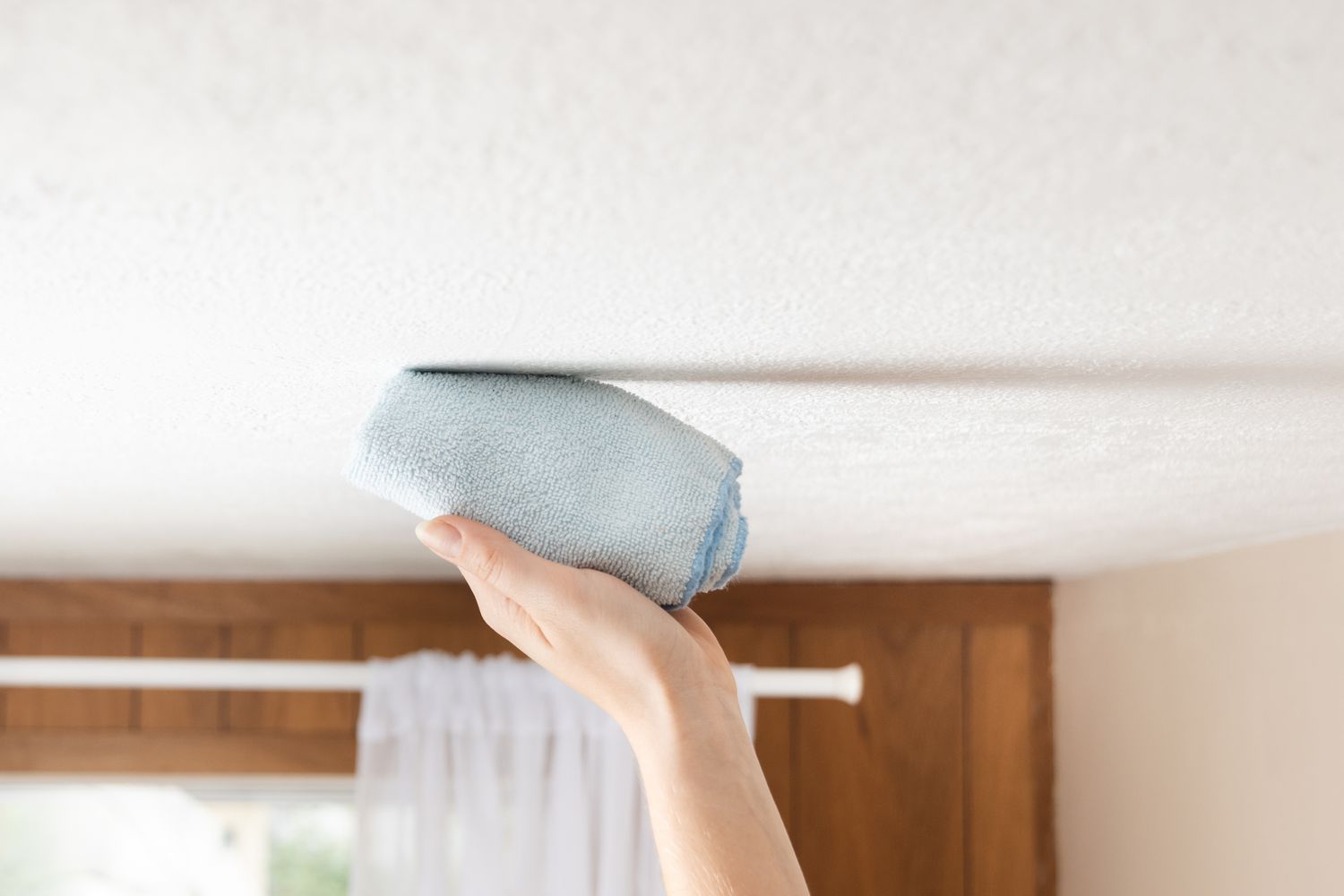
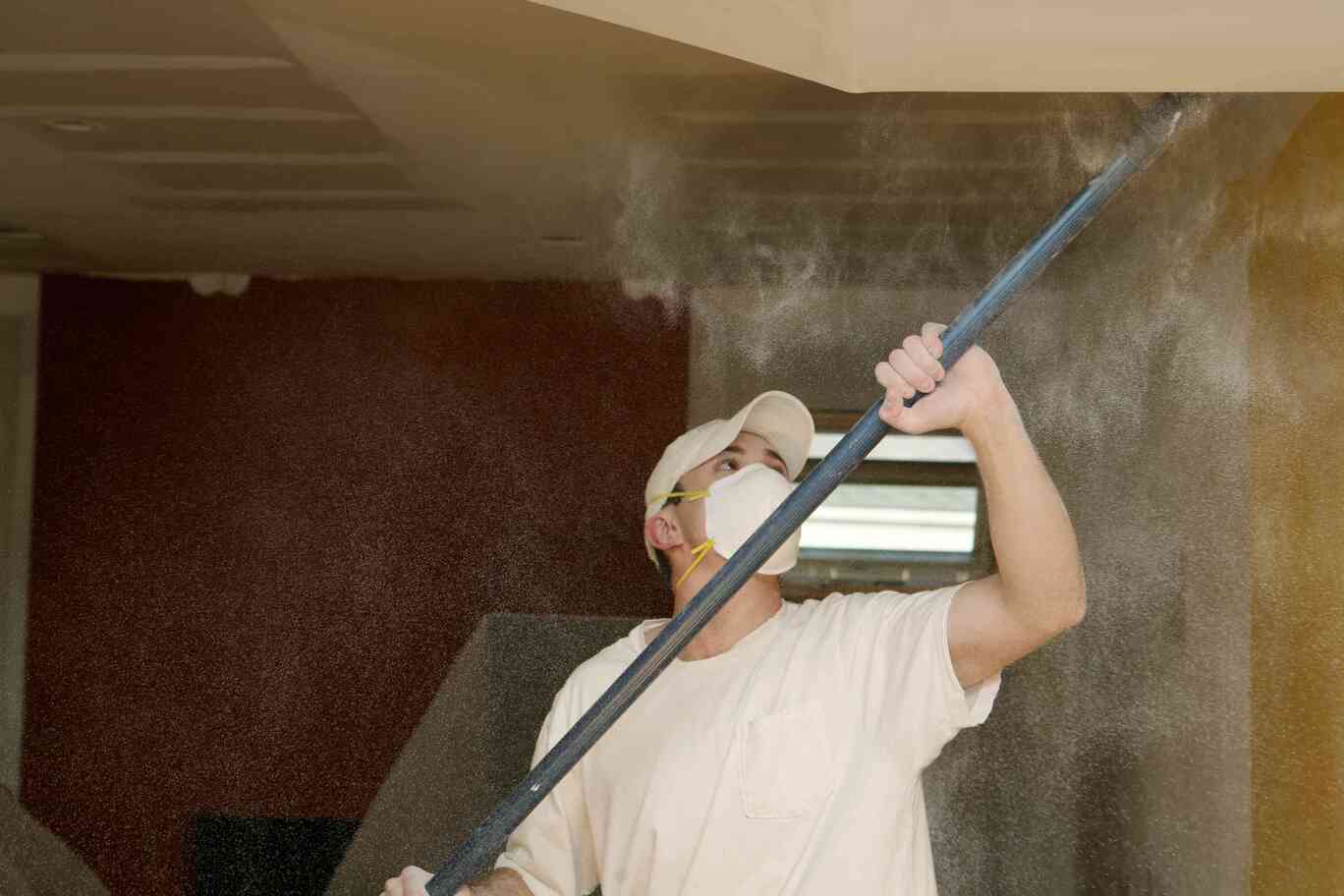
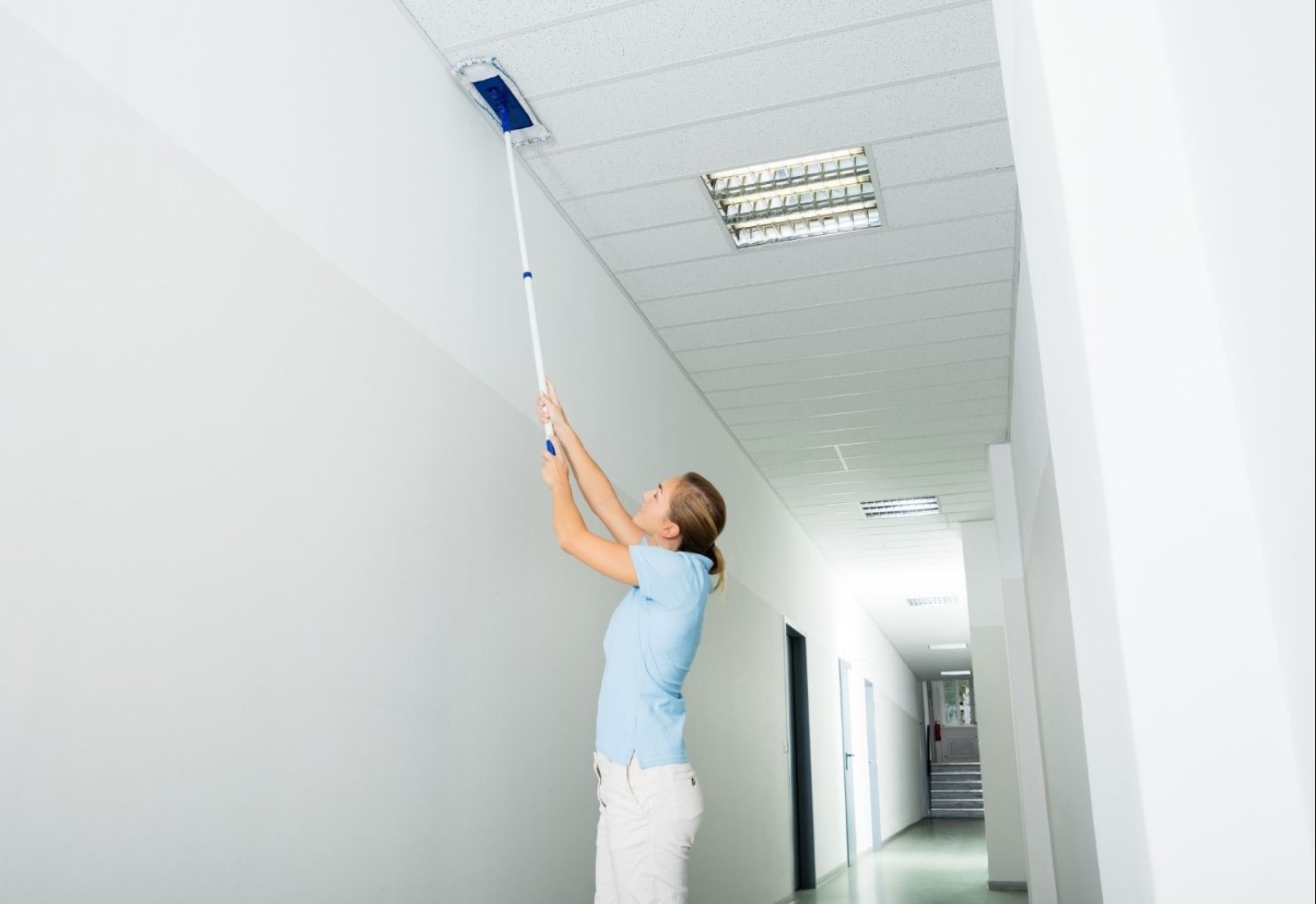

0 thoughts on “How To Clean A Stucco Ceiling”